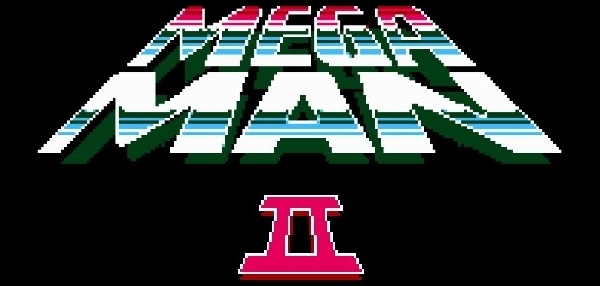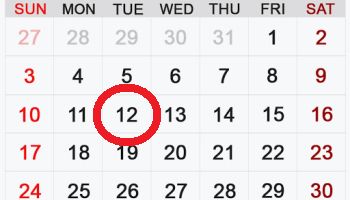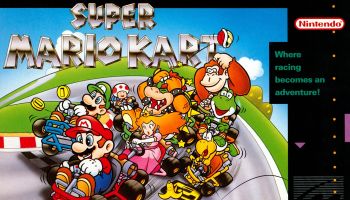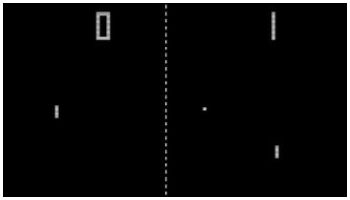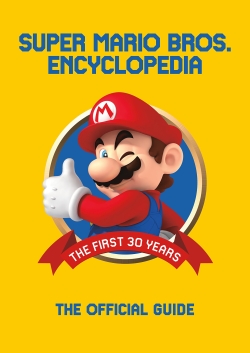 Do you know everything there is to know about Mario, Luigi, Princess Peach, and the rest of the Mushroom Kingdom? Would you like to?
Do you know everything there is to know about Mario, Luigi, Princess Peach, and the rest of the Mushroom Kingdom? Would you like to?
If you answered “Yes” to the latter question (or even if you said “Yes” to the former), then today is your lucky day. Dark Horse has announced that they’ll be publishing a Super Mario Bros. Encyclopedia this October.
Weighing in at 256 pages, this reference work will cover the first 30 years of “Super” Mario’s career, beginning with 1985’s Super Mario Bros.:
The Super Mario Encyclopedia is jam-packed with content from 17 Super Mario games and spans more than 30 years of the franchise’s history—from the original Super Mario Bros. to Super Mario 3D World. Track the evolution of the Goomba, witness the introduction of Yoshi, and relive your favorite levels.
This tome also contains an interview with producer Takashi Tezuka, tips to help you find every Coin, Star, Sun, and Mushroom… even explanations of glitches! With information on enemies, items, obstacles, and worlds from over 30 years of Mario, Super Mario Encyclopedia is the definitive resource for everything Super Mario!
Dark Horse’s Super Mario Bros. Encyclopedia will be released on October 23.


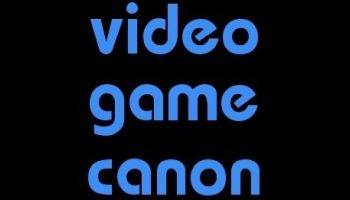
 The Video Game Canon has been upgraded to
The Video Game Canon has been upgraded to 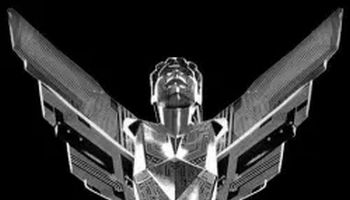
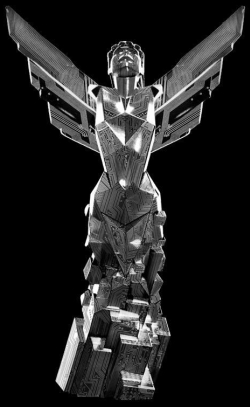 The Legend of Zelda: Breath of the Wild, Cuphead, and Hellblade: Senua’s Sacrifice dominated this year’s Game Awards, which were hosted by Geoff Keighley last night in Los Angeles.
The Legend of Zelda: Breath of the Wild, Cuphead, and Hellblade: Senua’s Sacrifice dominated this year’s Game Awards, which were hosted by Geoff Keighley last night in Los Angeles.
